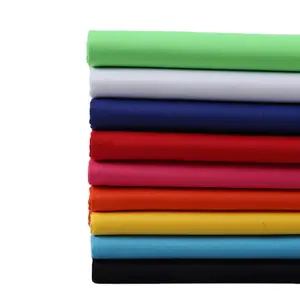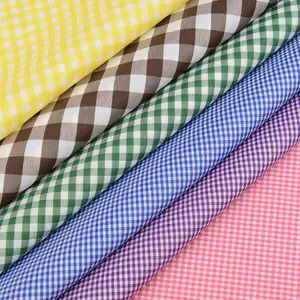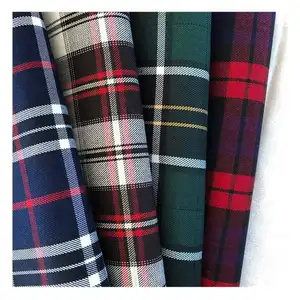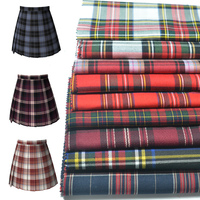
Understanding the right fabric for school uniforms is crucial for ensuring comfort, durability, and functionality. The tactile characteristics of the fabric, such as its feel, pleats, and stiffness, can significantly affect the comfort level of the uniform. It's important to select materials that are appropriate for the activities and movements required during the school day. For instance, fabrics that stretch and absorb moisture are preferable for active students to prevent discomfort.
The breathability of the fabric is another key factor, as it allows perspiration to escape, keeping students comfortable throughout the day. Natural fibers like cotton are known for their breathability, whereas synthetic fibers such as polyester may be less so. However, blends of cotton and polyester can offer a balance of comfort and durability, making them a common choice for school uniforms.
Durability is also a primary concern, as uniforms undergo frequent wear and washing. Fabrics that maintain their shape and color over time, resist tears, and are easy to maintain are highly valued. Twill, for example, is recognized for its ability to withstand frequent washing and resist stains, making it a practical option for schoolwear.
Lastly, the safety and suitability of the fabric in accordance with the school's activities and climate should be considered. For colder climates or seasons, wool blends provide warmth, while lighter materials like nylon may be suitable for rainwear due to their water resistance. The choice of fabric can contribute to the overall safety and comfort of the student, making it an essential aspect of school uniform design.
































 浙公网安备 33010002000092号
浙公网安备 33010002000092号 浙B2-20120091-4
浙B2-20120091-4